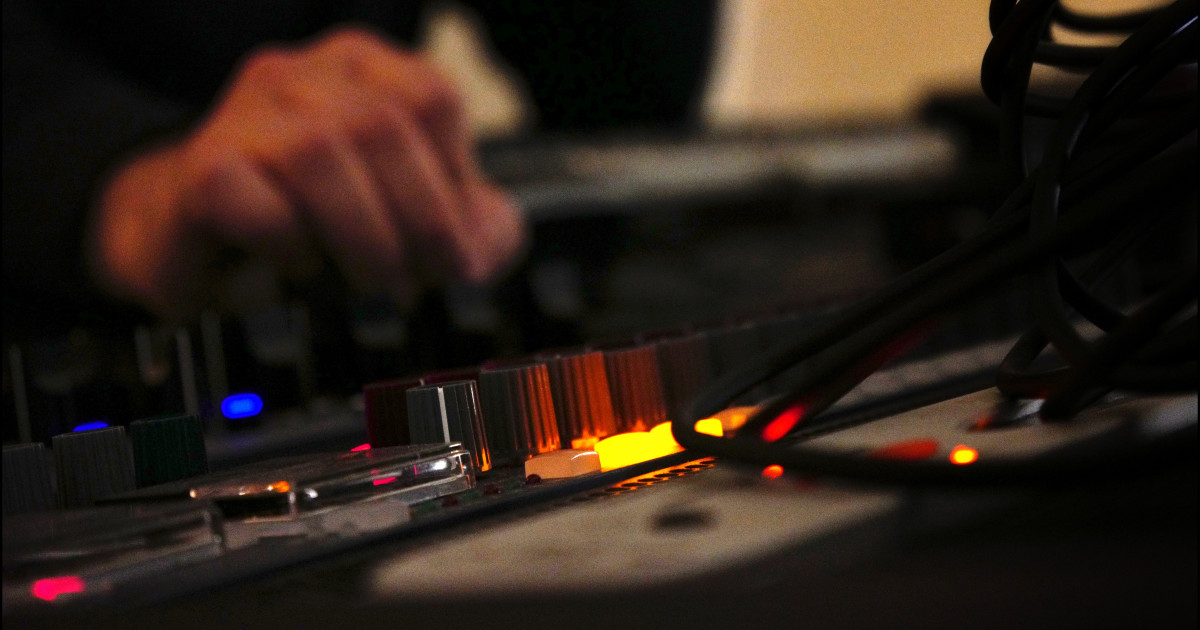

The idea behind this change is that you will no longer need to lower the fader every time you boost the Attack or Sustain knob because the built-in limiter is designed to prevent digital clipping with all but the most extreme settings. In the new SPL Transient Designer Plus, the Output Gain control is placed before a new soft-clip limiter in the audio path. Unlike compressors, transient designers shape the attack and sustain characteristics of sounds no matter their level and the SPL Transient Designer uses only two primary controls-Attack and Sustain-to process dynamics. In the late '90s, SPL added a new concept in dynamics processing, the analog Transient Designer and its plugin counterpart both use SPL's Differential Envelope Technology to produce level-independent dynamics processing. Extremely flexible control linking: Each band and filter can be independently linked with its respective counterpart in the opposing channel (left-channel filter linked to its corresponding right-channel filter, or mid linked to side).Mono Maker folds frequencies to mono below its selected corner frequency (20 Hz to 22 kHz), lending focus to any part of your mix and helping to preserve the side channel's headroom when tightening the low-end.Gain Scale control adjusts all gain controls for parametric, shelving, and Bass and Presence Shift filters at once negative values invert the EQ curve to change boosts to cuts and vice versa.Dynamic EQ module boosts or cuts only when needed to correct undesirable, momentary peaks or enhance your signal with creative boosts.Bass Shift and Presence Shift modules each offer three tilt-equalization sounds.Separate, continuously variable low-pass and high-pass filter for each channel, each offering 6dB or 12dB/octave slope or bypassed state.LF and HF bands provide respective low- and high-shelving EQ at their lowest Q setting.LMF, MF and HMF bands each provide notch filtering at their lowest gain setting, while offering adjustable Q per band.LF, LMF, MF, HMF and HF bands are fully parametric (offering separate Gain, Q and Frequency controls in each band) and can be switched globally for Proportional Q response.Eleven broadly overlapping bands per channel.Two component plugins simplify and speed workflow for mixing and mastering.Mono, dual-mono, stereo and Mid/Side configurations, multi-mono (Surround).Three operational modes: L/R (dual-mono), M/S Master (Mid/Side) and unique M/S Recording (processes Mid/Side signals in real-time and outputs L/R stereo).V3 also updates the simple De-Esser that was included in bx_digital V2 to a much more versatile Dynamic EQ that can compress or upwardly expand any frequency band from 20 to 22 kHz. V3's high pass and low pass filters now provide alternate slopes and the new, global Gain Scale control makes proportional gain changes to all parametric, shelving, and Bass and Presence Shift filters at once. Then they have added a Dynamic EQ module, API-style Proportional Q filters and six notch filters. The Bass and Presence Shifters have been made more versatile, each now offering a selection of three different tilt filters.
#Brainworx digital v2 review update
The update extends the High Frequency band's upper range to 40 kHz to sweeten and add ‘air’ to high-resolution audio tracks, mixes and masters. With the release of bx_digital V3, lets see how Brainworx have improved this EQ plug-in.

Brainworx's flagship product, bx_digital, was apparently the first commercially available Mid/Side equaliser plug-in, with its 11-band feature set includes parametric bell, high- and low-shelving, and high- and low-pass filters for each channel mono, dual-mono (L/R), stereo and mid-side modes of operation a mid-side decoder It was then upgraded to v2 to much acclaim.


 0 kommentar(er)
0 kommentar(er)
